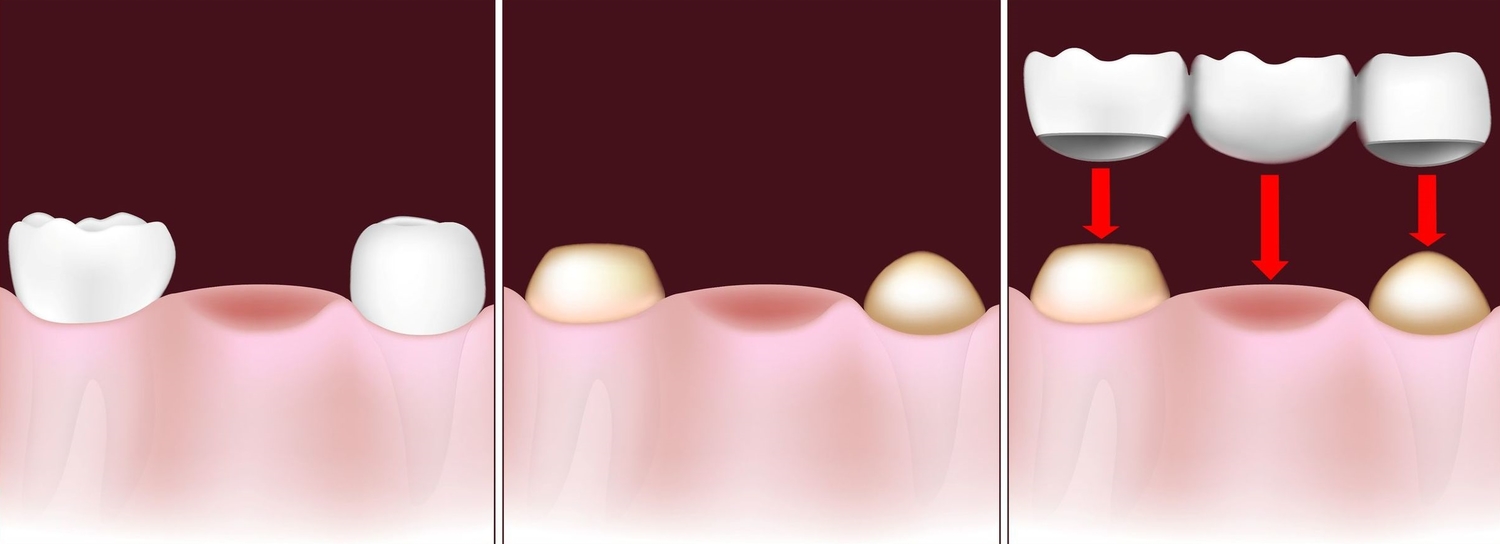
Crown & Bridge
Crown and Bridge Procedure.
When a tooth is cracked, decayed, or damaged, a crown may need to be fitted onto the tooth. … Crowns can whiten, reshape, and realign existing teeth, adding to a healthy and vibrant smile. A bridge is a device used to replace the space where a tooth has been removed.
Bridges and crowns are fixed prosthetic devices that are cemented onto existing teeth or implants by a dentist or prosthodontist. Crowns are used most commonly to entirely cover or “cap” a damaged tooth or cover an implant. Bridges are commonly used to cover a space if you’re missing one or more teeth. They are cemented to natural teeth or implants surrounding the space where the tooth once stood.
Benefits of BRIDGES & CROWNS
In addition to strengthening a damaged tooth, bridges and crowns can be used to improve a tooth’s appearance, shape, alignment and dental occlusion (bite). Gaps left by missing teeth can cause the remaining teeth to shift, which can result in a bad bite. Bridges and crowns help prevent this from happening.
Is getting a crown painful?
This requires a shot in the gums of lidocaine or another local anesthetic. After the procedure is over and the anesthesia has worn off, the patient may feel some sensitivity with the temporary crown or some soreness in the gums around the tooth. The pain is very minimal though and shouldn’t last long.
